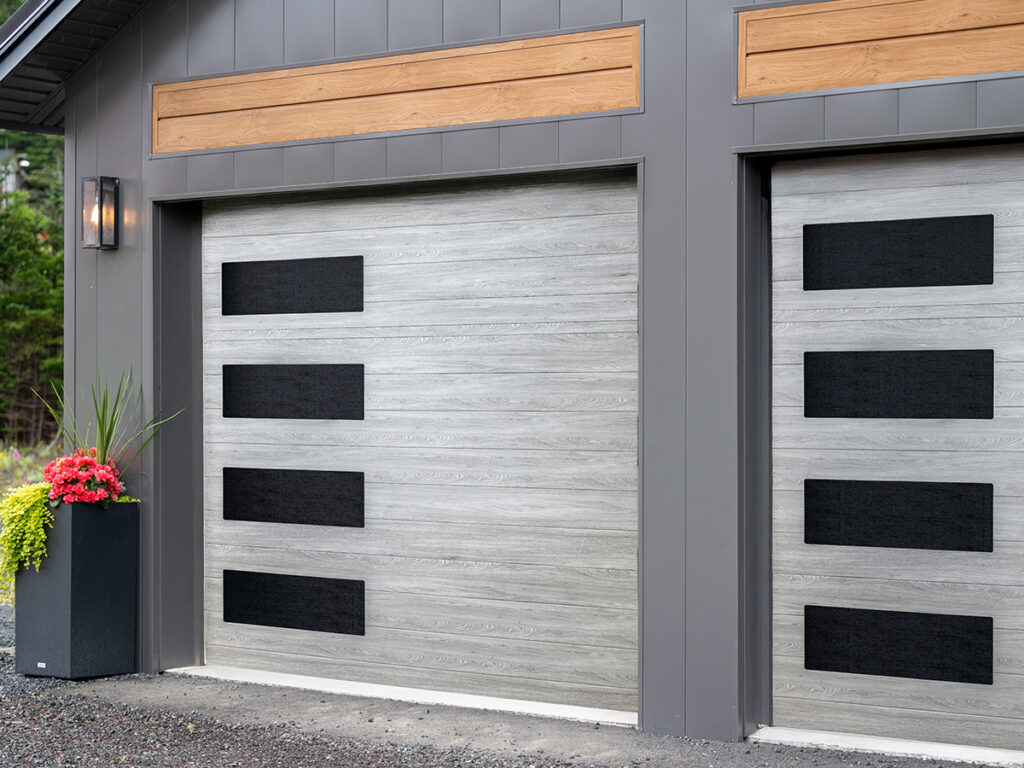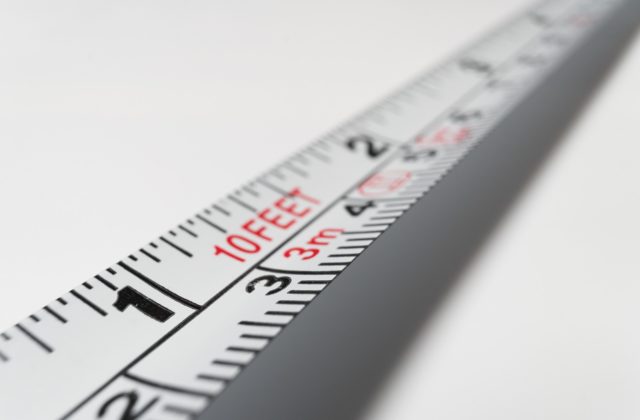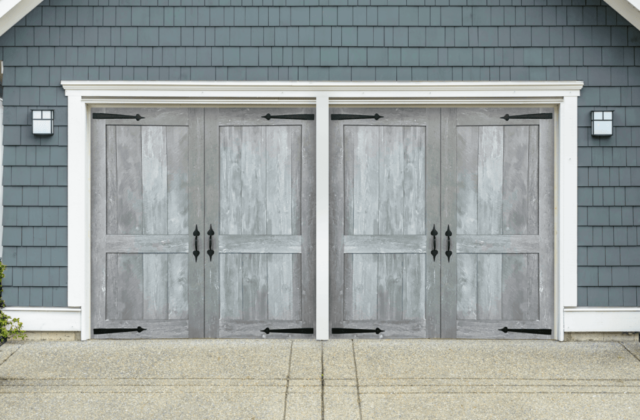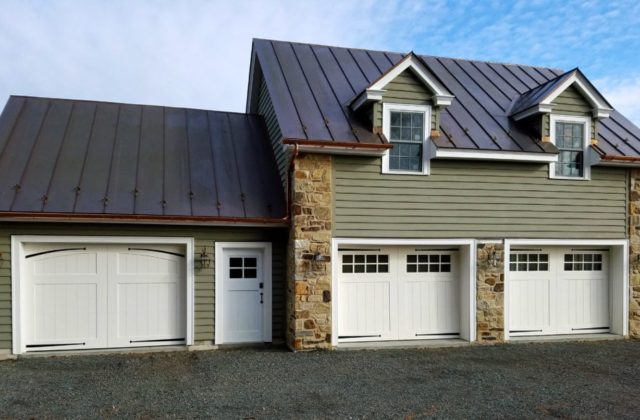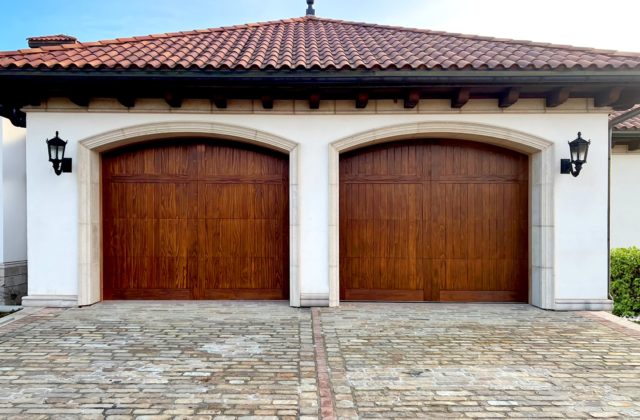You’ve purchased a beautiful carriage style overhead garage door and you can’t wait to have it installed! Perhaps you live in an older home or maybe you built a new home and a new garage to your exact taste. No matter what kind of space your new doors are going into, you need to know about garage door track options, the unseen workhorse that will work with your new garage doors for many years to come.
While your choices for a new garage door are limitless, there are very few choices for overhead door tracks. Your dealer/installer will be able to help you with the selection of a proper track and operator for your specific garage doors. The key factors that must be balanced in order to optimize your overhead door include:
- Headroom – the space between your door opening and the ceiling/structure above
- The height of the top section of your door
- Sideroom – the space available on either side of your garage door
What is Headroom?
Overhead acting garage doors are made in sections that are hinged together. When they open, they rise on a vertical track, pass through a curved section of track, and then ride along a horizontal track where the door remains until it is closed. The space above the door is the headroom for the door and all its supporting components. Headroom space will need to be big enough to contain:
- The curved portion of track, connecting the vertical to horizontal track sections
- Any torsion or extension springs that counterbalance the weight of the door
- The garage door opener’s operator motor and connections
Most Common Garage Door Track Options
Overhead acting garage door track options are best described by the size or radius of the curved track component or by the amount of low headroom the door must fit in. There are five basic garage door track options, although the first two are by far the most common ones used in residential installations.
Standard Radius Garage Door Track

The most popular standard radius track is a 15” radius, which requires 15” of headroom to accommodate the curve of the track and all other track components/equipment. Other standard radius options include 20” and 32” radii but the larger the radius, the larger the headroom required to accommodate the curve.
While the logic here may imply that installing a track with a radius that is lower than 15″ is ideal because it takes up even less headroom, we prefer to avoid using a 12” radius track because it requires additional work from the operator motor to move door sections through that small of a curve. Remember this is a balancing act to select the best hardware for your door as well as the best coordinating motor for efficient door operation.
Low Headroom Garage Door Track
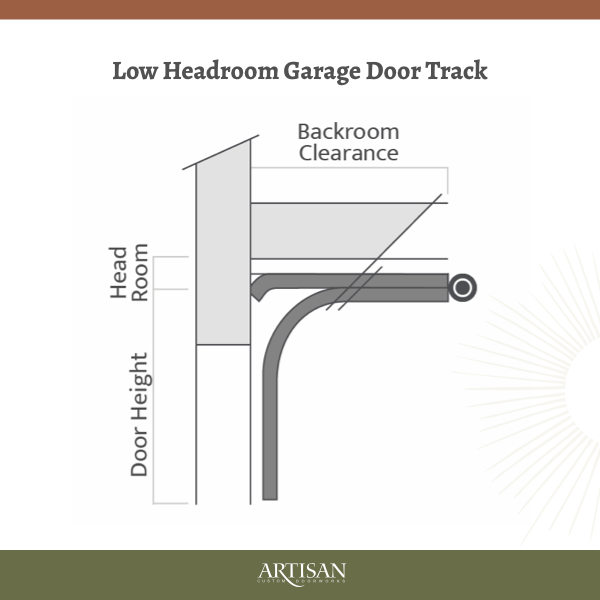
This very common garage door track option uses up even less headroom space than a 12” radius track. Often referred to as Dual-Track, it is best recognized by a second horizontal track. This second track is installed above the horizontal section that is attached to the curve from the vertical track section. This second track is used for moving the top section of the door only, allowing the operator to easily move the top section far enough that the lower sections will follow on the lower track smoothly. This garage door track option also helps with doors that might have taller or oversized top sections.
Hi-Lift Track
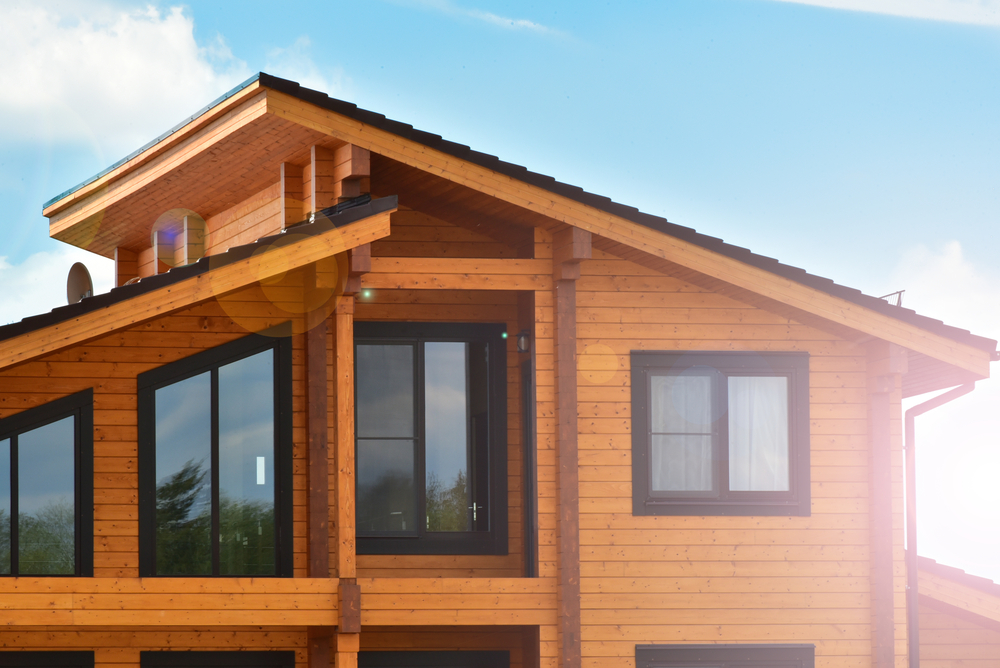
This option is a variation of Standard Radius track and is used in situations where the ceiling in a garage is significantly taller than in a typical home. This option utilizes a standard radius curve but includes more vertical track and less horizontal track to move the door out of the opening. Less of the door rests in a horizontal position and more of the door stays vertical when the door is open.
Vertical Lift Garage Door Track

This is a variation of Hi-Lift track and is usually found in commercial/industrial garages. In the configuration, only a vertical track is needed and the door moves up and bumps out from the wall only enough to accommodate the opener. There is no horizontal track. If the door is 8 ft. tall, an additional 8’-9” of vertical headroom would be needed.
Roof Pitch Track

This track actually follows the pitch of the roof structure. Given the roof pitch, a standard radius curve track section is cut to allow the angled horizontal track to follow the roof structure.
